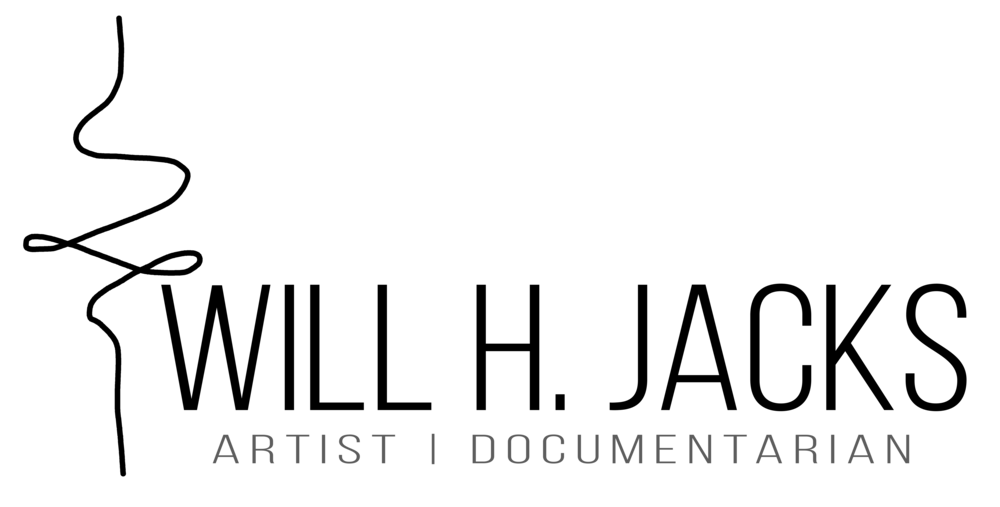In the Winter of the Willow
Having lived in the Mississippi Delta for nearly fifty years I am conditioned, in part, by the echoes of atrocities absorbed in land shaped by enslaved workers. Loss and racial strife linger in this region. The social patterns born of the economic desire to capitalize the agricultural benefits of the rich soil here are not patterns worth repeating. Neighborhoods are still shaped along racial lines, schools are barely integrated, and economic disparity continues.
And yet, each spring the dirt here is prepared for growth. By early fall the earth is abundant with life and by winter it is gray and barren. This song of birth-life-death-rebirth occurs through preparation, diligence, presence, and serendipity. This is a stunningly magnified pattern from which we can learn. Change has occurred here, slowly, but methodically, and in a rhythm that receives its guidance from the land.
I’ve struggled to reconcile how I can love this place and loathe it simultaneously. How do we break a pattern while finding beauty and value in its structure? Are we ever truly in a pattern in the first place, or just failing to recognize the changes that are actually occurring? When is change too fast, and when is it too slow?
I am just beginning to untangle this tension that has dominated my life. I am a man that feels comfort in routine, though more often than not I want to obliterate anything that feels repetitive. I crave newness. I become frustrated for finding joy in a region where joy was so often stolen from others. I slip into bouts of guilt for failing to recognize moments of growth and acceptance in the present. Surely there must be a way to find peace, balance, and meaning from the tension that defines this place I call home.
This ongoing project is an examination of patterns I have been conditioned to make a part of my life - institutions, relationships, hierarchies, life, death, loss and gain, etc. - and documentary photography’s role as an enabler in these structures. By doing so, I seek to maintain and understand the tension required to keep opposites from overwhelming one another, and I look for moments where these opposites come together to form creations that could only exist because of their polarities.
My past is always a part of my present and will have a say in my future. As such, it can become a buoy of knowledge that propels me to better gestures or a sentimental weight that hinders me from growth. The facts of the past are the facts. It’s up to me to find the meaning.













































